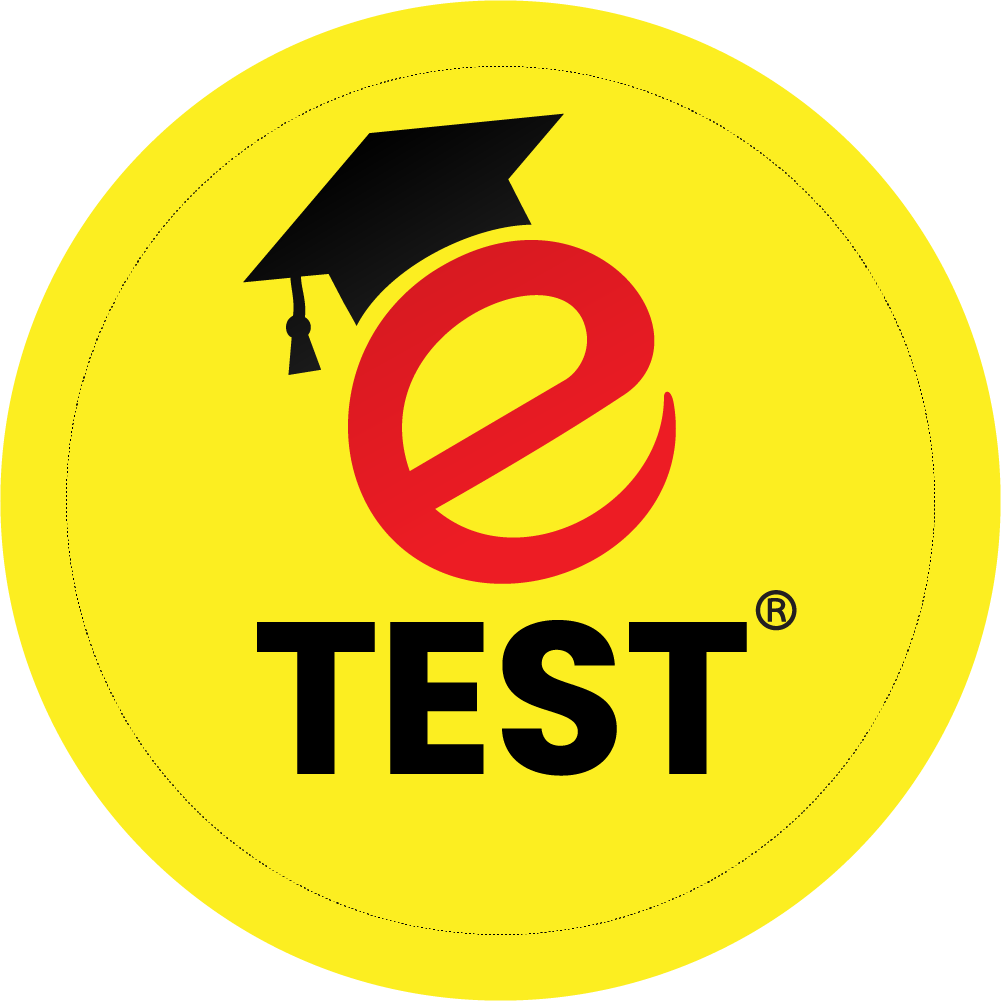- 1-2 سال
- 3-5 سال
- 4-5 سال
- 5-7 سال
- b
-
اگر ایس سی بی اے سلنڈر ایلومینئم فائبر گلاس کا بنا ہے تو اسے 3 سال بعد ٹیسٹ کروانا ضروری ہے۔
اور اگر ایس سی بی اے سلنڈر سٹیل کا بنا ہو تو 5 سال بعد ٹیسٹ کروانا ضروری ہے۔
Rescue 1122
All Rescue 1122 Current & Past Papers are available in this portion of ETEST Website. This portion will provide you all solved papers of EMT, FR, DR, FDR, LFR, LTV, Naib Qasid, Seniority Worker,Accountatn, Assistant Accountatn, TMI, MT, SC, RSO, EO, DEO and etc.
بیک ڈرافٹ کی صورت میں دھویں کا رنگ کیسا ہوتا ہے؟
- بھورا
- پیلا
- بھورا اور پیلا
- ان میں سے کوئی نہیں
- C
Minimum level of temperature that helps to start fire is called:
- Ignition Point
- Fire Extinguish Point
- Alarm Point
- Fire Point
- d
What is International standard ratio of water and form?
- 3%
- 6%
- 9%
- 12%
- b
-
But there is used 3% foam in all safety departments of Pakistan.
How many method to used SCBA?
- 02
- 03
- 04
- 05
- a
-
Overhead Method
Coat Method
What is effected range of CO2?
- 8-30 ft
- 5-7 ft
- 10-15 ft
- 115-20 ft
- a
-
Effected Range of Halotron Fire Extinguisher is 9-16 ft.
How many methods to identify the Fire Extinguisher?
- 01
- 02
- 03
- 04
- d
-
By Colour Coding
By Nozzle Type
By Labeling
By Pictography
How many colours in NFPA Diamond?
- 02
- 03
- 04
- 05
- b
-
Blue Colour shows Health.
Yellow Colour shows Reactivity.
Red Colour shows Flammable.
How many Foam Application Techniques?
- 02
- 03
- 04
- 05
- b
-
Roll Method
Bank Shot Method
Rain Down Method
First Fire Brigade of the World was established in:
- 1745
- 1865
- 1965
- None of these
- b
-
First Fire Brigade Service of the World was established in 1865 in Scotland.
